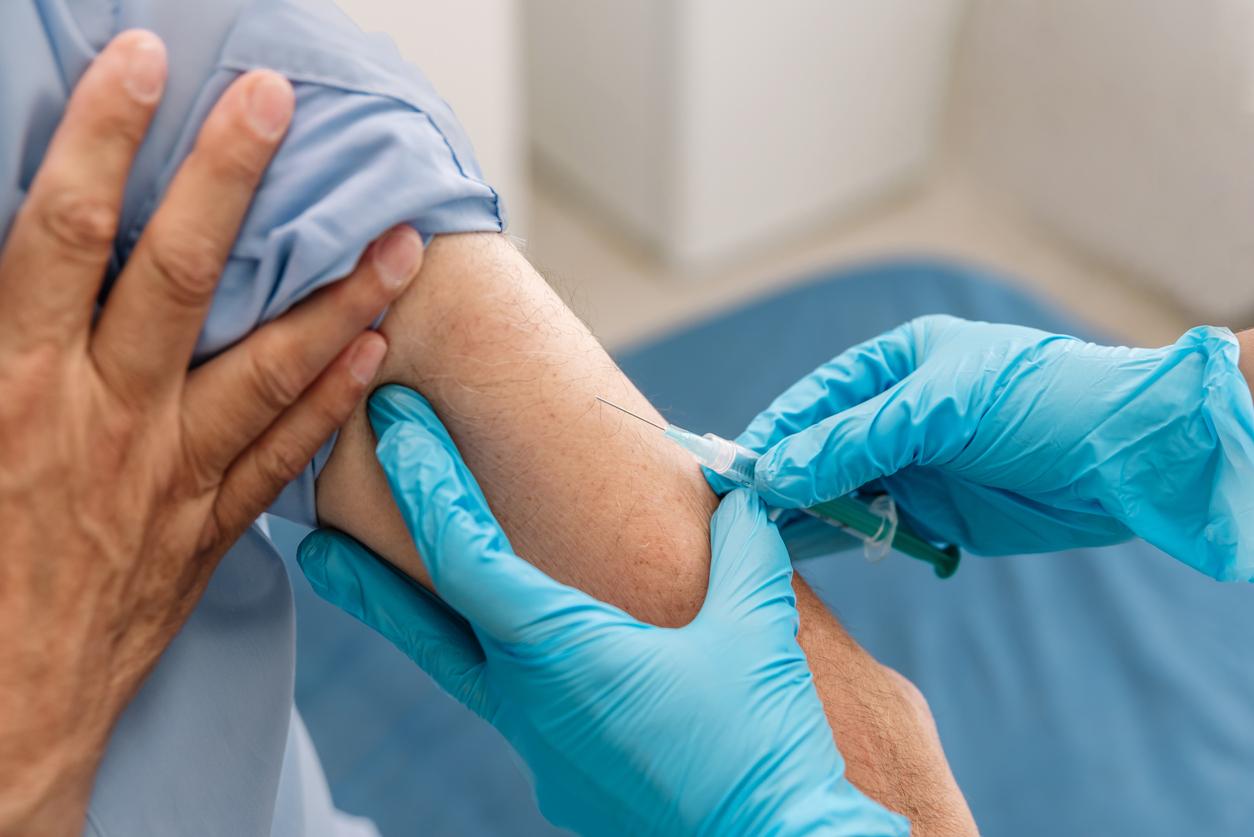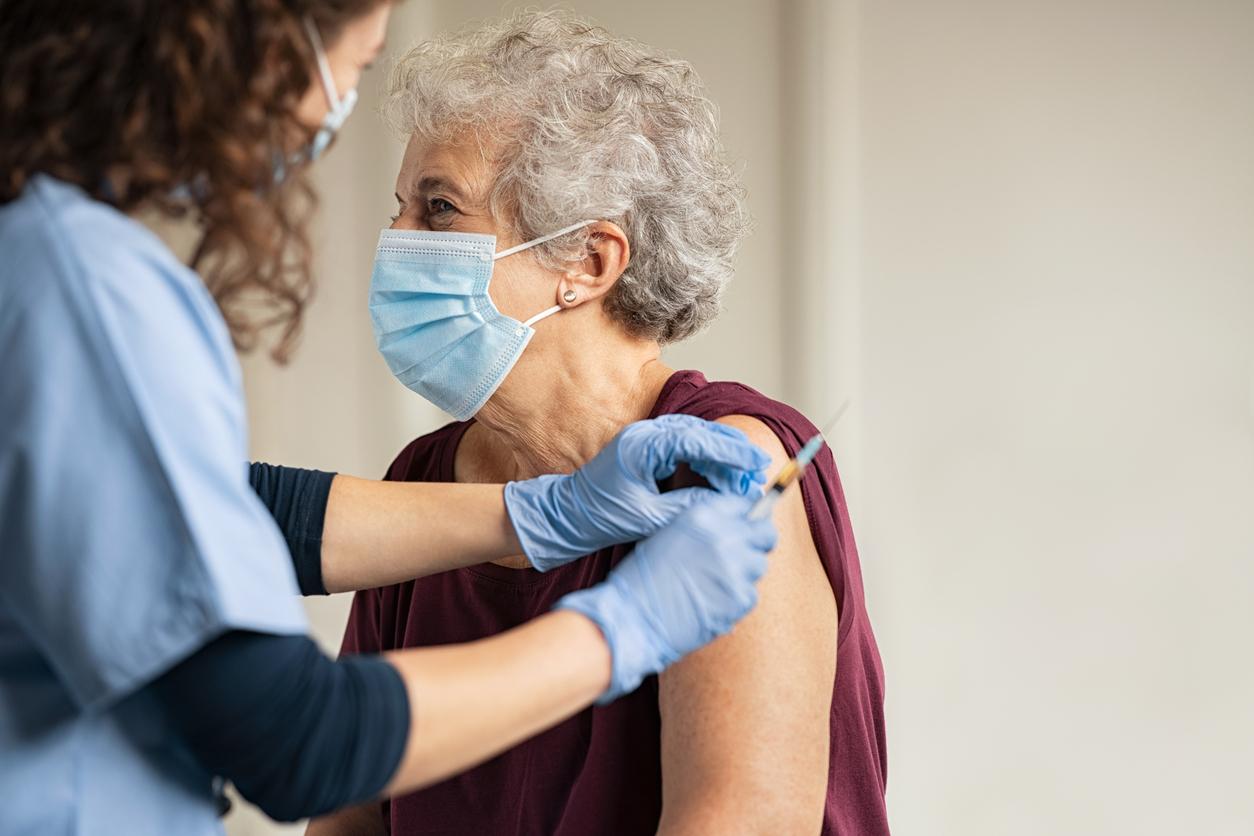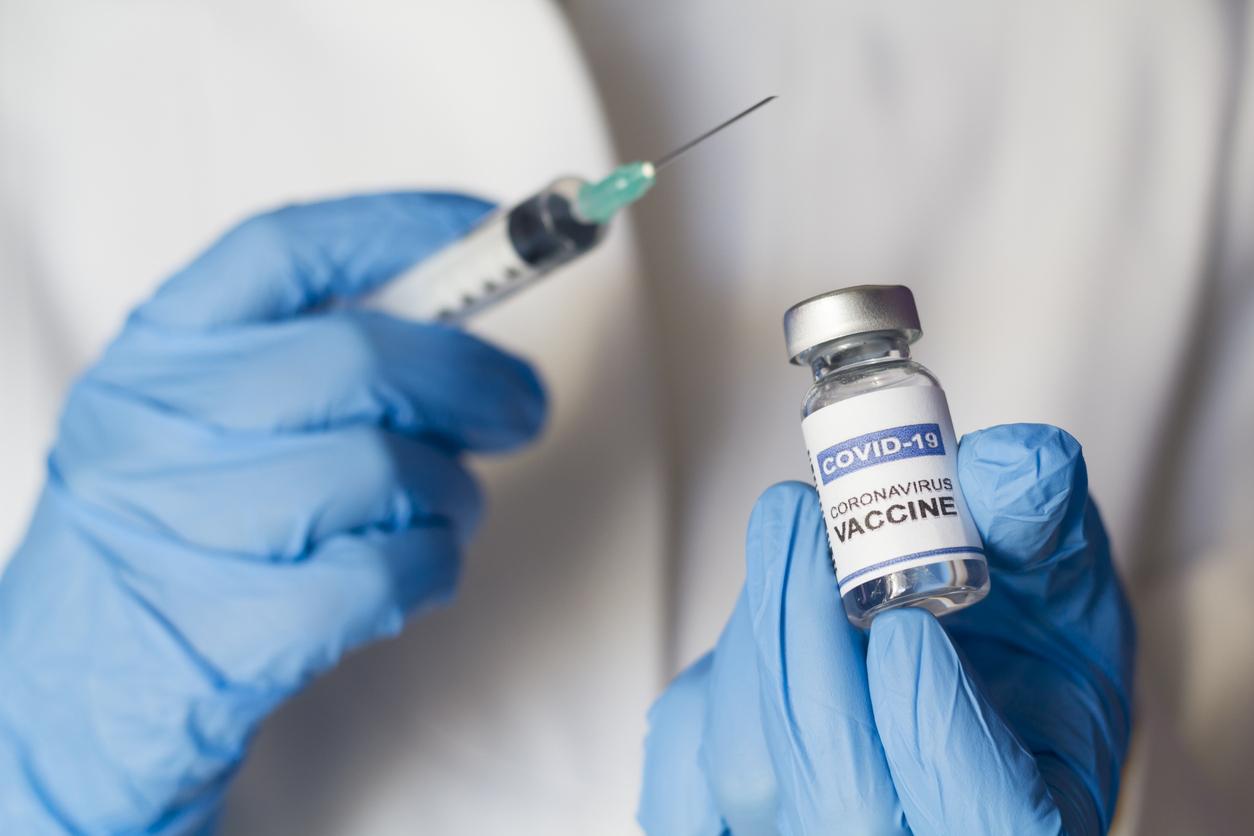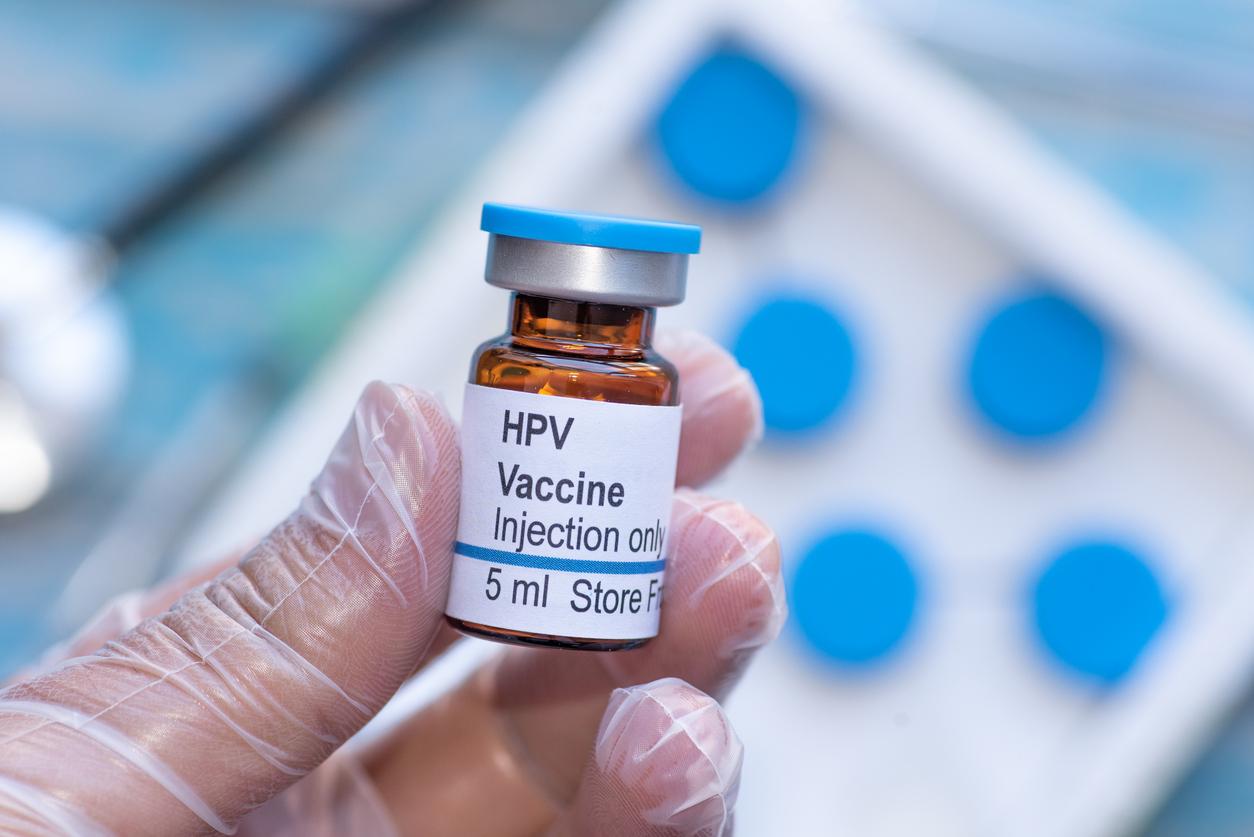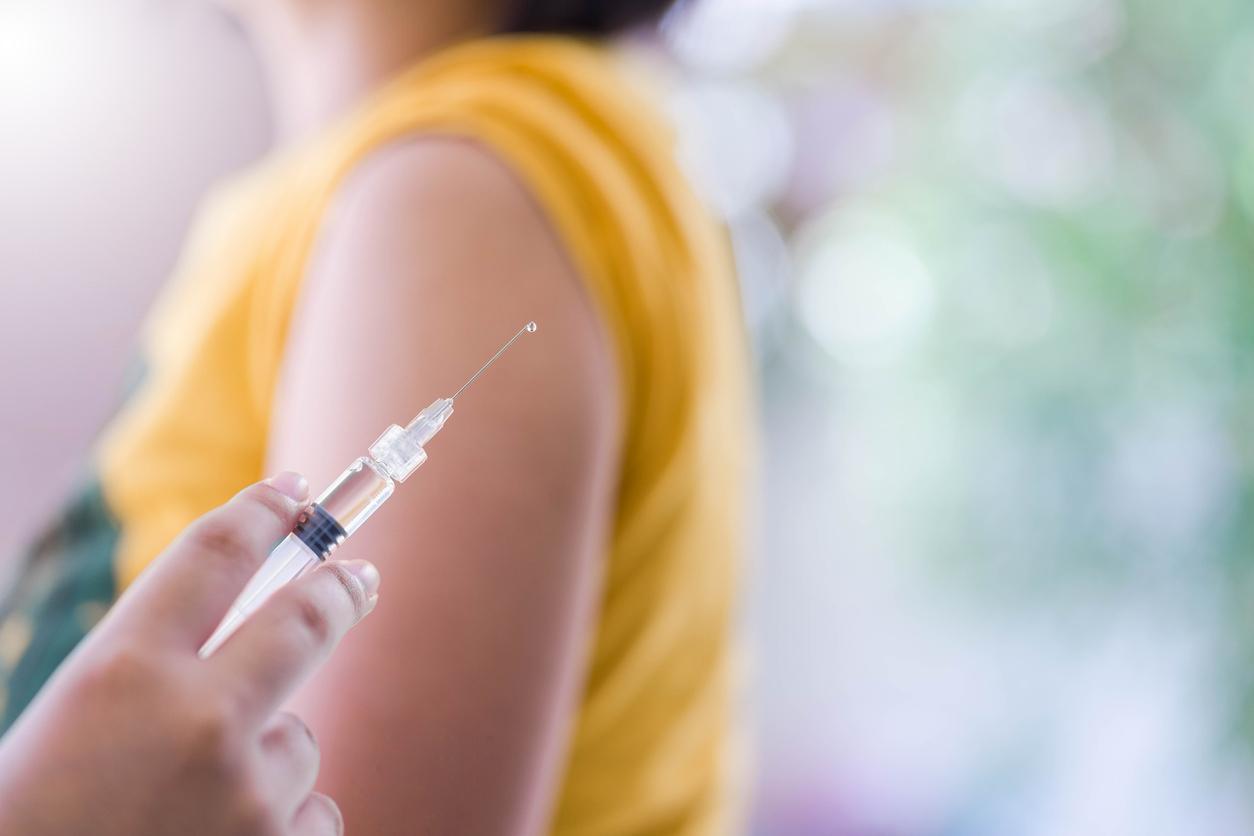Pertussis is a highly infectious respiratory disease caused by bacteria Bordetella pertussis. Far from being benign, this pathology remains one of the leading causes of death from bacterial infection in infants less than three months. In France, the last epidemic peak dates back to 2017, and since then the number of cases has only decreased in infants under 12 months: 35 cases were recorded in 2020 and 4 in 2021 according to data from Public Health France. In the general population, the numbers are also very low, with 11 cases in 2020 and only one in 2021.
To limit the risk of serious forms, the whooping cough vaccination is mandatory for infants from the age of two months and recommended for those close to the infant when the mother was not vaccinated during pregnancy or less than a month before delivery. Several reminders are necessary in childhood and in adulthood. Since April 2022, the HAS has recommended vaccinating pregnant women from their second trimester of pregnancy, i.e. between 20 and 36 weeks of amenorrhea.
Nevertheless, the dCaT vaccine, used since the 1990s and only composed of certain proteins of the bacterium would not be completely effective. While it protects against the onset of symptoms, it does not prevent bacterial transmission between individuals and the resulting infection. Its immunity also wanes over time, which is why whooping cough epidemics continue to proliferate around the world, despite high vaccination rates.
In an attempt to curb them, new vaccine called BPZE1 – whose efficacy and safety have been evaluated in a phase 2 trial in 300 healthy Americans – is in development. Its specificity? This vaccine says “alive attenuated” (that is to say that it is composed of an attenuated version of the bacterium, modified to eliminate its toxicity) is administered by the nasal route, thus minimizing the modes of colonization at the level of the respiratory mucous membranes. It thus reproduces the natural route of infection and would therefore improve the duration of efficacy of the vaccine.
90% of vaccinated with BPZE1 had no bacterial colonies
The participants were divided into two groups: the first received a dose of the new BPZE1 vaccine nasally and a placebo intramuscularly, and the second an injection of dCaT and a placebo intranasally. Three months later, half of the participants in each group received a dose of BPZE1 and the other the intranasal placebo.
What did the researchers find? While dCaT did not induce immune markers against Bordetella pertussis, the new vaccine elicited consistent immunity in the nasal mucosa, in addition to blood immunity. Within 28 days of the second administration of BPZE1, 90% of those who had also received it as the first injection showed no bacterial colonies in the nose (and colonization remained low in the remaining 10%). Conversely, 70% of patients vaccinated with dCaT had high nasal bacterial colonization.
“The benefit/risk profile of the BPZE1 vaccine is favorable: a single nasal administration makes it possible to induce, without danger and with good tolerance, strong and lasting immunity, both in the blood and in the respiratory tract.“, indicated Pr Camille Locht, director of research at Inserm, adding that “unlike the dCaT vaccine, BPEZ1 protects the mucous membranes from colonization by the bacteria.”
In children, safety is still being evaluated. A more effective vaccine could nevertheless turn out to be necessary, the school being in the children in age to go there, a critical place of the transmission of the disease.
Source :










